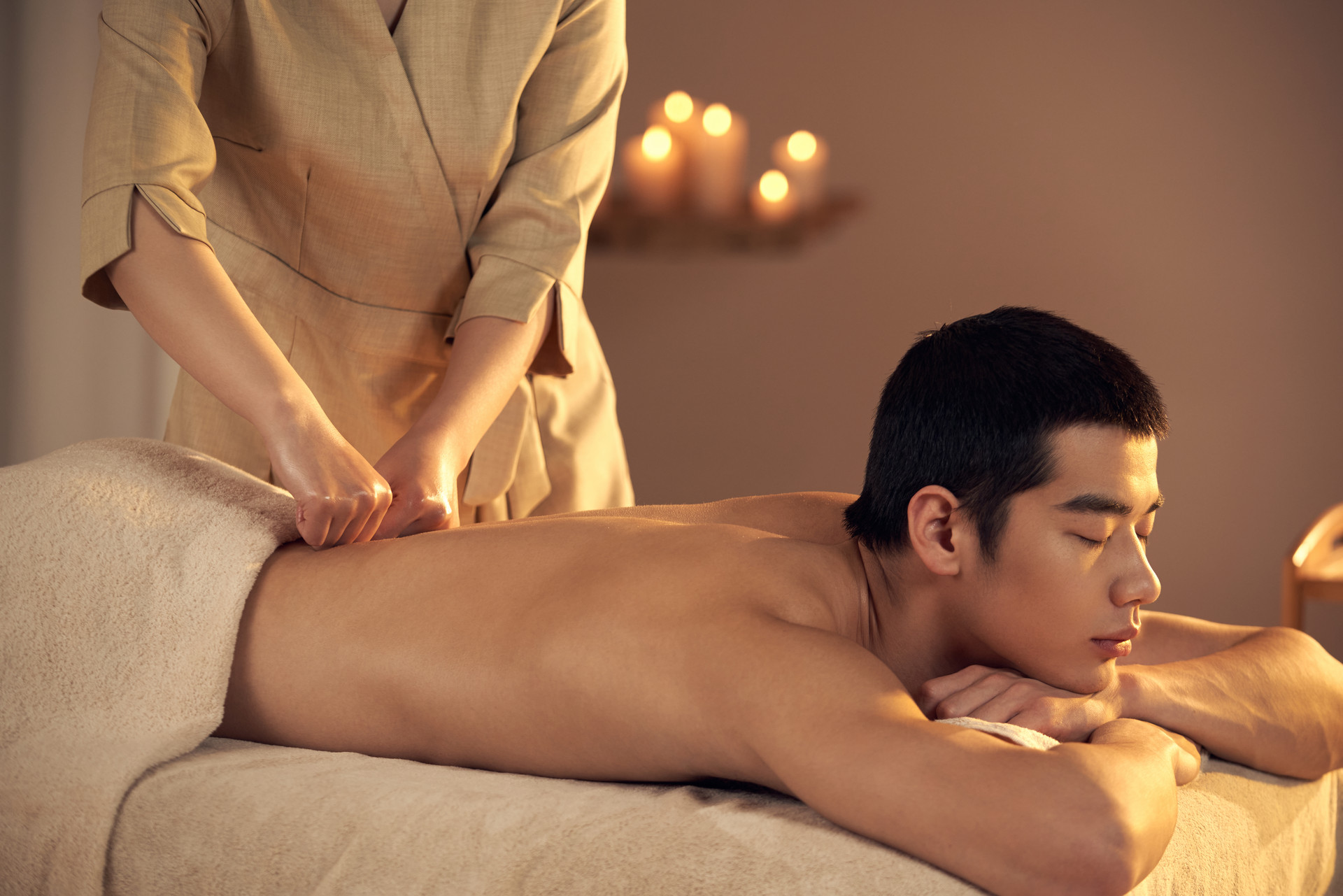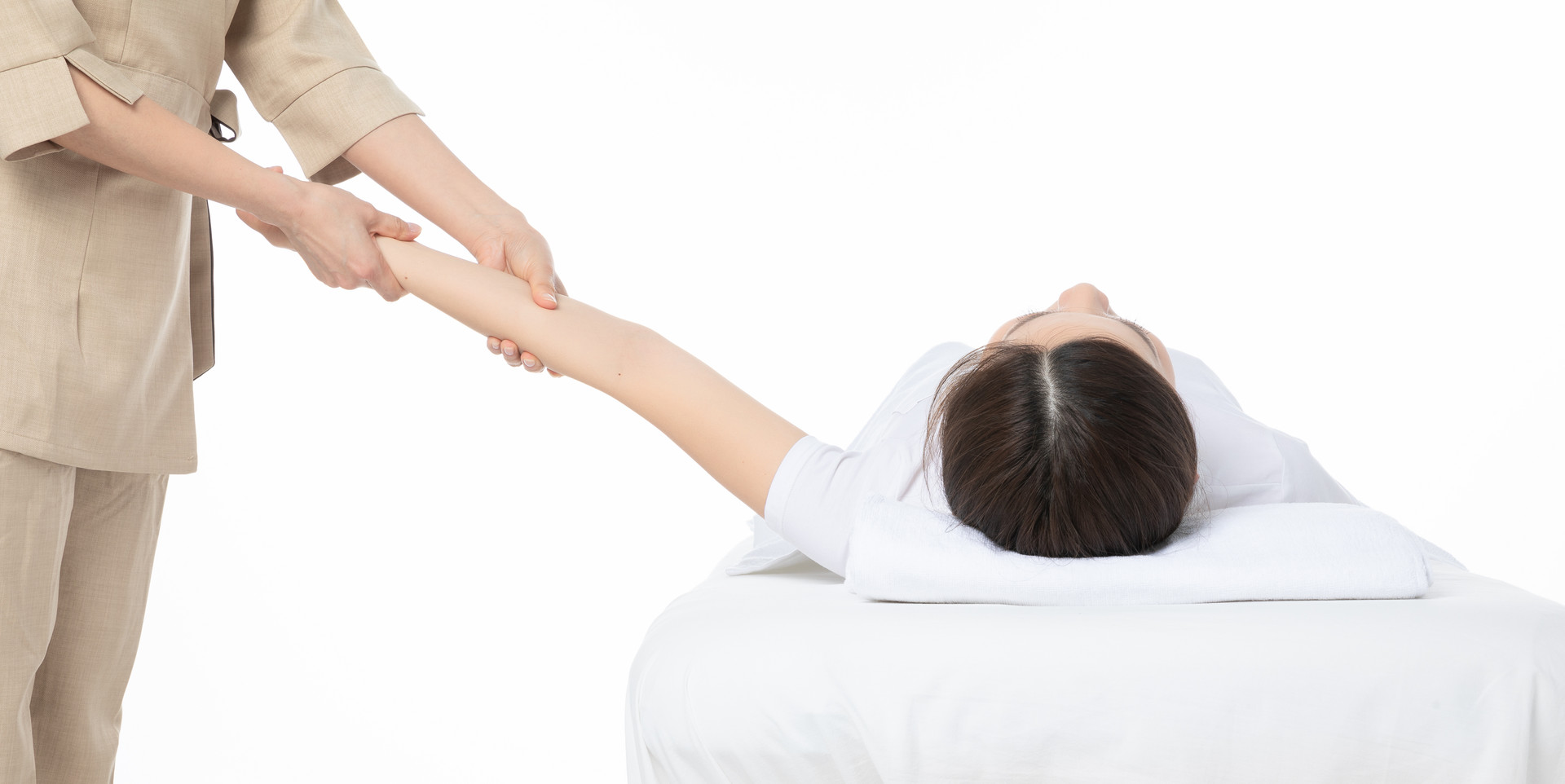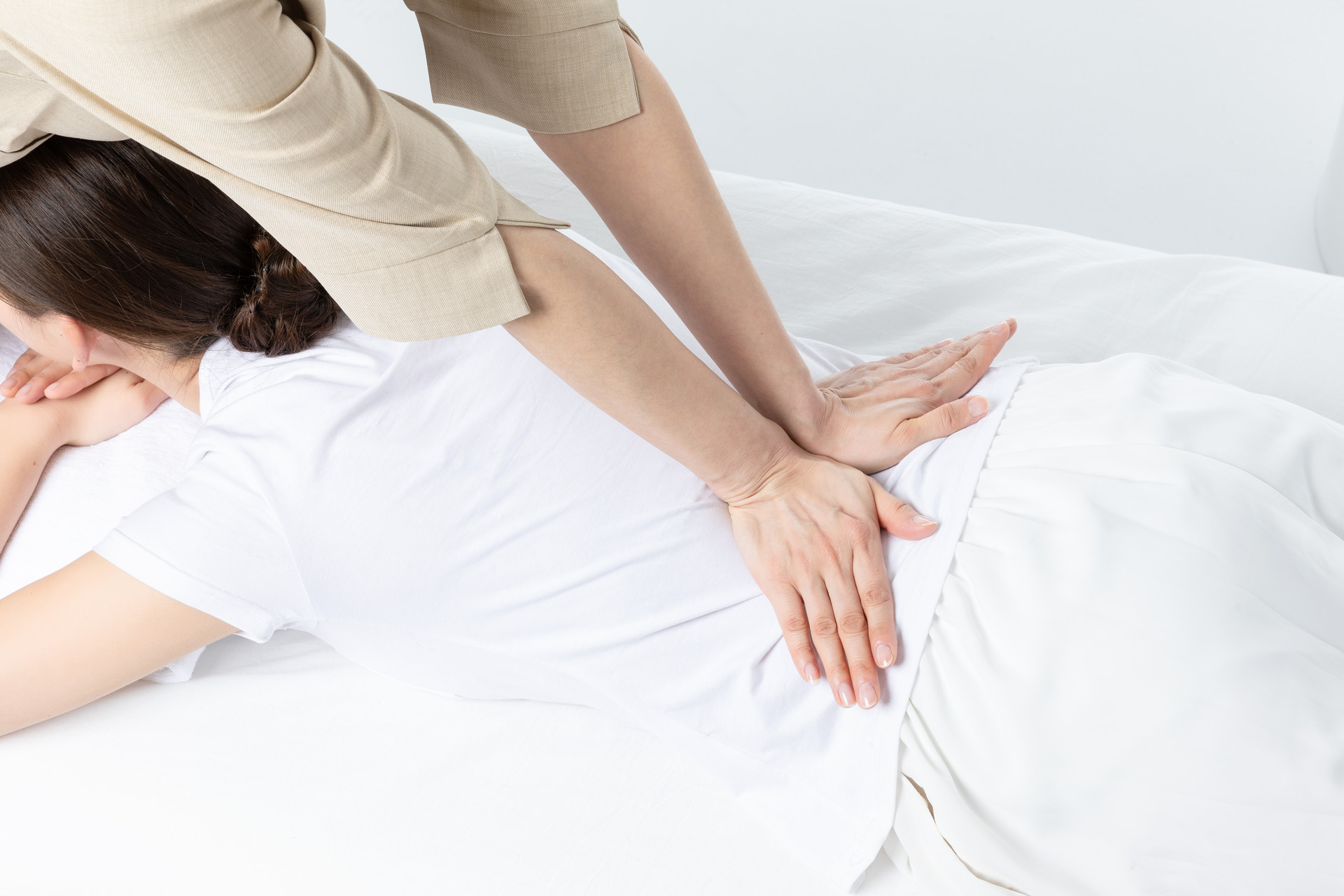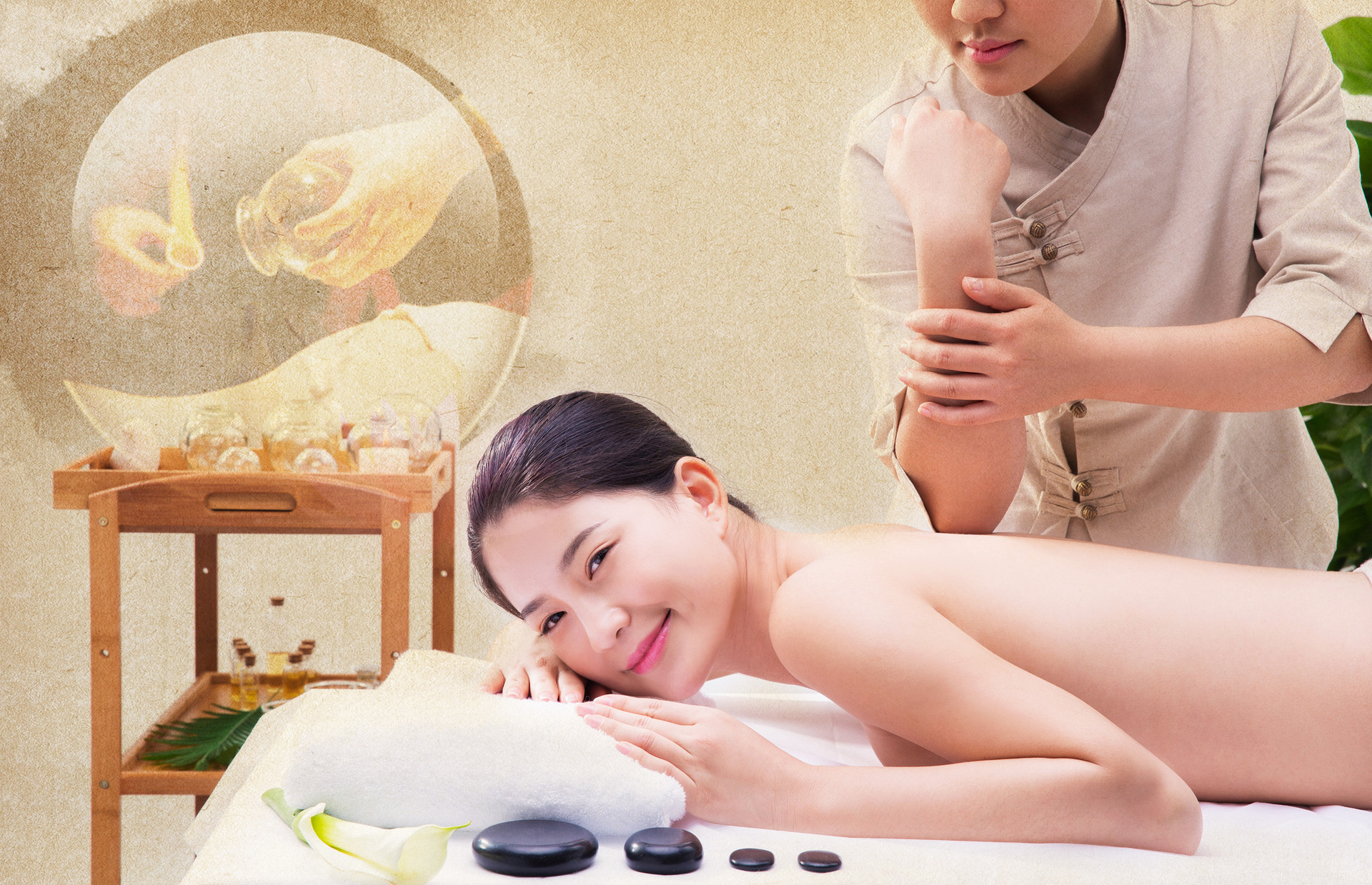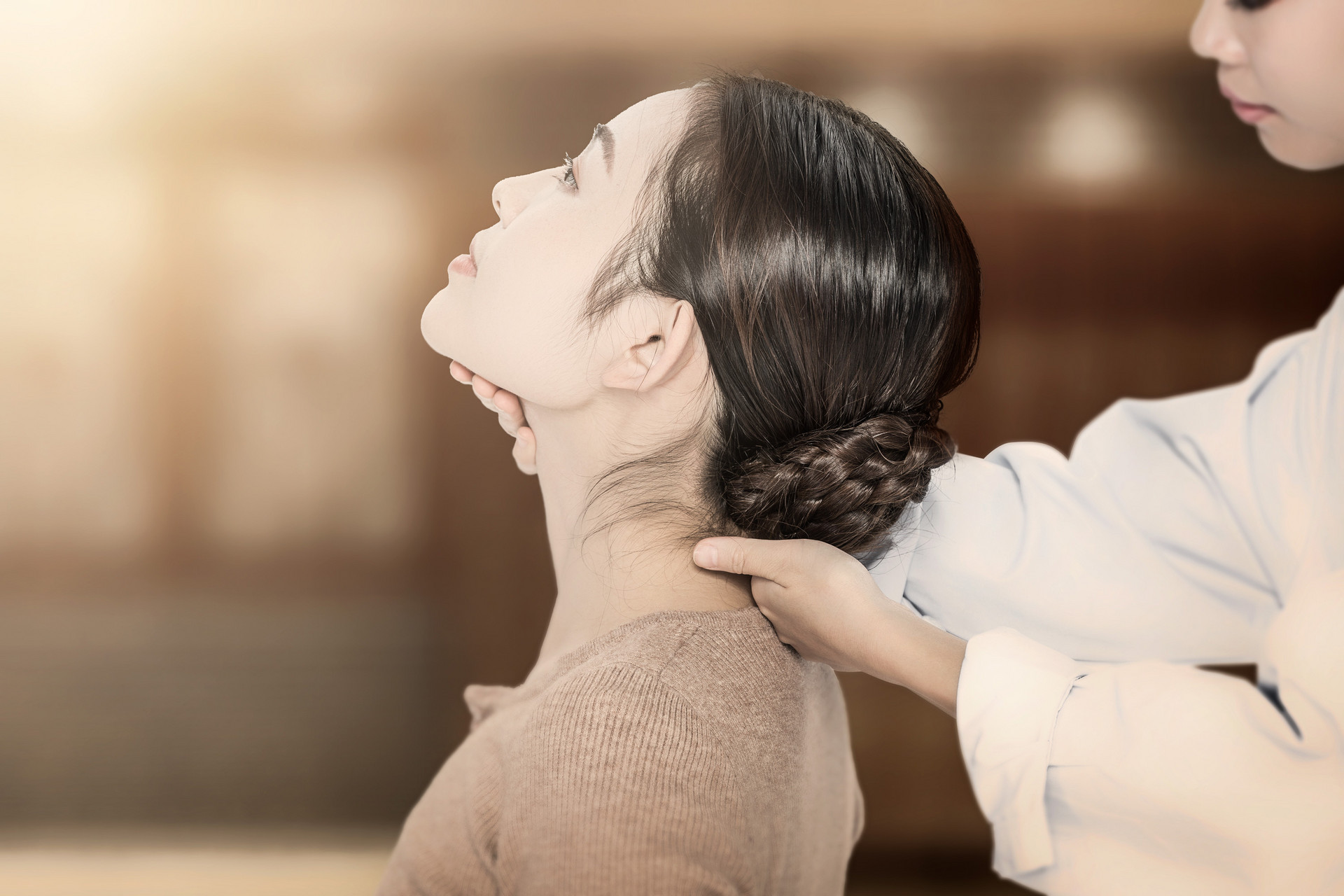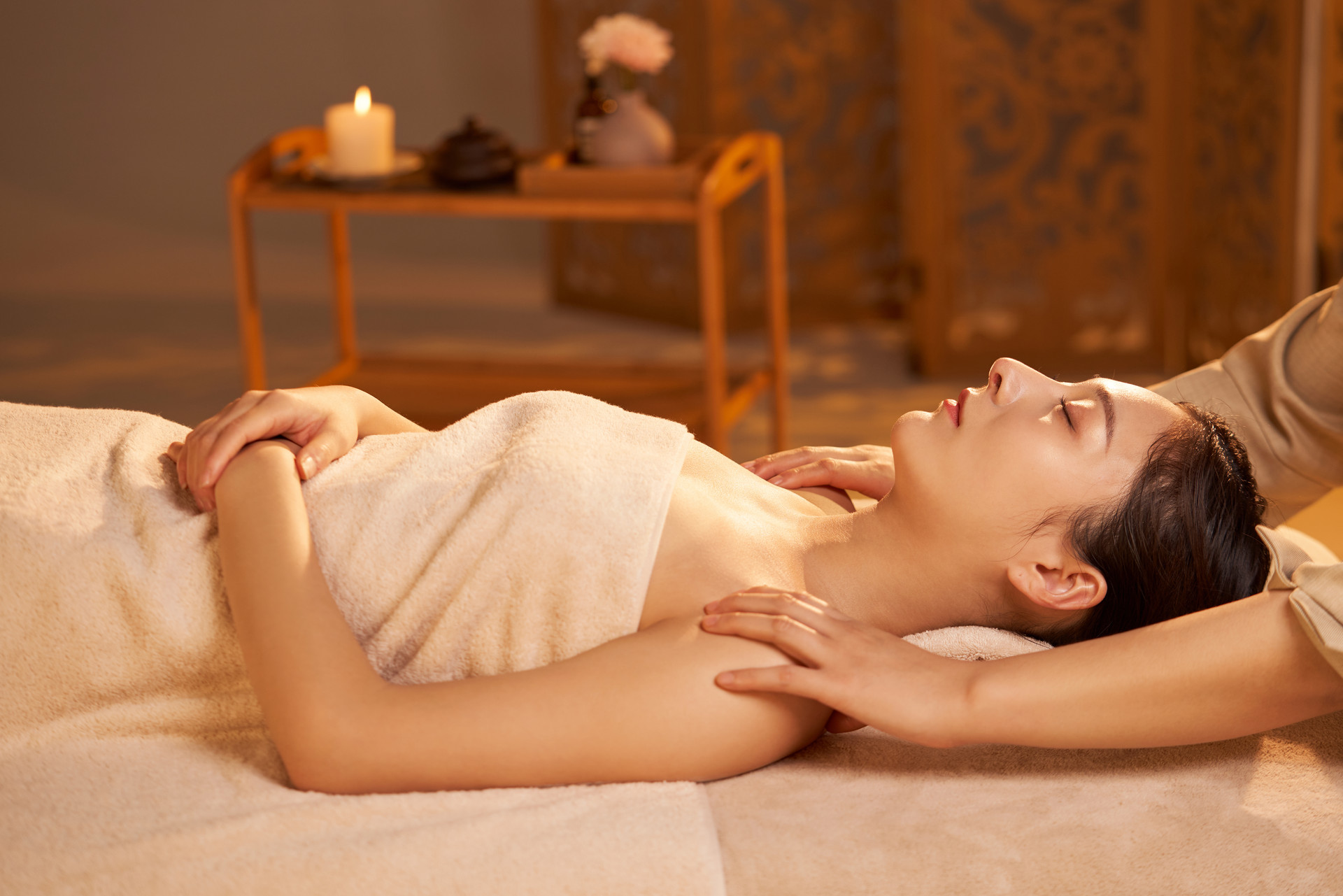We often hear people say that from the perspective of physiognomy, we can determine a person's wealth through palm reading. We often dismiss this as superstition, but did you know? Looking at your hands can actually reveal the state of your health. In this article, I will explain in detail the methods of diagnosing diseases through hands and the massage techniques for the hands.
【Methods of Diagnosing Diseases through Hands】
1. Thyroid function. Swollen and cold fingers may be symptoms of hypothyroidism. Hyperthyroidism may manifest as red skin or dry skin on the hands.
2. Nutritional levels. Brittle nails may indicate a deficiency in zinc, vitamin A, vitamin C, or B vitamins. It may also be a sign of hypocalcemia. Ridge-like bumps on the nails indicate a lack of protein.
3. Hyperhidrosis. Excessive sweating can make it difficult to even open a doorknob, and it is one of the symptoms of hyperhidrosis. This condition is often hereditary and usually begins in childhood or adolescence.
4. Heart disease. The strength of grip reveals the health of the heart and even indicates the risk of heart attacks or strokes. Studies have shown that grip strength is a good method for assessing biological age. A person who has been chronically ill and has weakened muscle strength will have a hard time surviving.
5. Parkinson's disease. Tremors or the inability to perform any activities while the hands are at rest may be signs of Parkinson's disease. This is different from the shaking that most people experience due to stress or drinking coffee.
6. Oxygen levels. Pale hands and nail beds may be a sign of anemia. Anemia can cause a decrease in healthy red blood cells, which in turn reduces their ability to carry enough oxygen to the tissues.
7. Eczema. Despite using a lot of moisturizer, hands of eczema patients remain rough and prone to itching and rashes. Hand eczema can also cause blisters, cracking, dryness, scabs, burning sensation, and skin bleeding.
【Self-Testing Health through Hands】
Squeeze the base of the nails and press and rotate. The pain in different areas indicates problems in certain parts of the body.
1. Pain in the little finger People with pain in the little finger may have heart or small intestine problems. The tip of the little finger on the side near the ring finger is called Shaochong acupoint, and the other side is called Shaoze acupoint. Shaochong acupoint is closely related to the heart, so pressing the tip of the little finger with force can alleviate heart attacks. Shaoze acupoint is the acupoint of the small intestine. If the condition of the small intestine is not good, press the tip of the little finger with force.
2. Pain in the ring finger People who have the same length of the ring finger and index finger have a higher chance of sudden heart attacks. Pain in the ring finger may be a symptom of sore throat or headache. There is a Guan Chong acupoint on the San Jiao meridian of the ring finger. When you have a cold or fever, rubbing this area can help.
3. Pain in the middle finger There is a Zhong Chong acupoint on the middle finger, which is located on the pericardium meridian that surrounds the heart. When the heart cannot tolerate heat and becomes painful, it will be felt here.
4. Pain in the index finger There is a Shangyang acupoint related to the large intestine on the index finger. If pressing this area causes deep pain and there is constipation, it may indicate a problem with the large intestine.
5. Pain in the thumb The Shao Shang acupoint on the thumb is closely related to the lungs. If there is a lung disease, pressing this area will cause intense pain.
【Massage Techniques for the Hands】
After many studies in traditional Chinese medicine, it has been proven that massaging the hands can effectively promote blood circulation, unblock meridians, and accelerate the rate of metabolism. It can play a role in health preservation and disease treatment. Massaging the hands can enhance joint function and maintain hand flexibility.
1. Hand rubbing Rub the palms and back of the hands alternately. Place the palm of the right hand on the back of the left hand, with the fingers facing in the opposite direction. Stretch both hands flat, then rub the back of the left hand with the right palm, moving both palms towards the cuffs. The rubbing speed should be even, rubbing 16-24 times. Then switch to the left palm to rub the back of the right hand.
2. Finger twisting Properly exercising the joints of the fingers can effectively prevent a decrease in flexibility. Use the thumb and index finger of one hand to rotate the joint of another finger. Rotate, press, rub, and massage, and do about 15 to 20 times continuously, alternating between both hands.
3. Rubbing the side of the fingers The key to rubbing the side of the fingers is actually the sides of the fingers. Place the palms of both hands facing each other, and then interlace the ten fingers, rubbing against each other about 20 times.
4. Pressing the fingertips Pressing the fingertips also has a good health effect on the body, but attention should be paid to the correctness of the movements. With the palms of both hands facing each other, press the fingertips of both hands together with force for 16-24 times.




